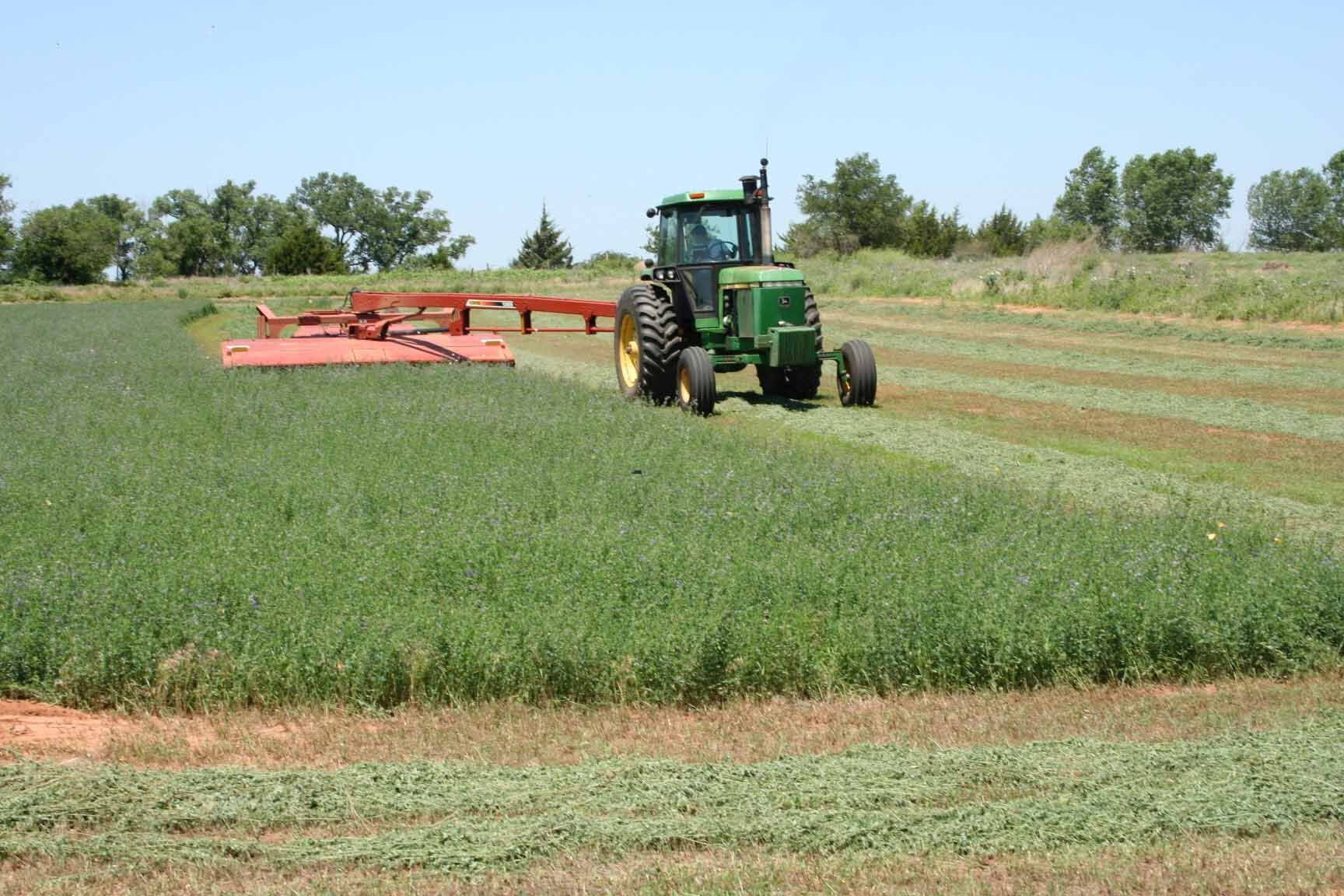Farmers and ranchers are a tough group of individuals, but farming can be a dangerous and labor-intensive occupation. When agriculturists are injured or find themselves with some sort of functional limitation, farming and ranching becomes incredibly difficult. Fortunately, a program called the AgrAbility Project is designed to help farmers and ranchers find assistance with a disability so they can keep on harvesting crops and raising livestock.
The U.S. Department of Agriculture’s National AgrAbility Project Manager Paul Jones said the program was first authorized at the federal level through the 1990 farm bill and has been functioning ever since that time.
“It was basically in response to recognition that there are a lot of agricultural workers that struggle with some type of disability or functional limitation that keeps them from doing their job or at least keeps them from doing their jobs the way they want to do them,” Jones said. “While agriculture has become more mechanized, it is still pretty labor intensive, so if you have some kind of a limitation it can really hamper your ability to do your job and as we know, the job that farmers and ranchers do is important to everybody because they grow the food and fiber for the world. The other thing to think about is the average age of farmers across the board is about 58, so there are natural processes that occur that make an occupation like farming and ranching more difficult, including issues with vision, hearing and mobility.”
Jones said several programs existed before AgrAbility became a federal USDA program.
“Our state program here in Indiana actually started in 1979 and that was in response to a single phone call from a farmer who had been paralyzed in a truck roll-over and was looking for some help in getting back into farming,” he explained. “In our case, nobody really knew what to do with the call, so they gave it to the Extension safety specialist and he was able to get help to this farmer so he could farm again.”
Jones said right now there is not enough funding to have a project in every state, but there are currently 21 state projects in Alaska, California, Colorado, Georgia, Idaho, Illinois, Indiana, Iowa, Kansas, Kentucky, Maine, Michigan, Missouri, Nebraska, New Mexico, North Carolina, Ohio, Pennsylvania, South Dakota, Tennessee, Texas, Utah, Vermont, Virginia, Washington, West Virginia, Wisconsin and Wyoming, plus the national project.
“The state projects provide direct services to farmers and go out onto farms and ranches and help analyze what the problems are, talk to the individuals and their families and make recommendations,” Jones explained. “The main purpose of the national AgrAbility program is to provide support to those state projects through things like resource development and in-person and virtual training to the state projects, other professionals and farmers.”
Jones said USDA grants do not allow for the AgrAbility Project to provide direct funding or equipment to applicants, but the projects use connections with other organizations to find necessary solutions for individuals who apply. One of the organizations they use on a regular basis is the vocational rehabilitation system in each state.
“Their job is to help people with disabilities either gain or maintain employment and they can buy things like all-terrain wheelchairs, lifts for tractors, automatic hitching devices for implements and training for service animals for herding of livestock on the farm,” Jones said.
Jones estimated the AgrAbility Project has assisted at least 13,600 unique individuals who were provided direct services and met with in person. However, he says the program has helped many times more than that through indirect resources like the website and webinars that they conduct on a regular basis. Although many of the disabilities the AgrAbility Project addresses are physical, Jones said many are mental.
“It’s not just physical difficulties and impairments that we deal with, we also help with farm stress, mental behavior health issues and we we’re involved with the farm and ranch stress assistance network programs that the USDA is sponsoring around the country,” he explained. “We work with quite a few veterans who are interested in getting into farming. Many of them not only deal with physical issues stemming from their service, but also post-traumatic stress disorder and other issues that are a result of their military service.”
Although finding solutions for farmers and ranchers with functional limitations can be an uphill climb, Jones said one of the program’s biggest challenges is getting individuals who desperately need help to sign up for the program.
“One of struggles we have is that even if farmers and ranchers know about our program, they may not think it applies to them. Farmers tend to be pretty independent and even if they’ve got arthritis so bad they can’t climb up onto their tractor, they may not see themselves as someone who needs our program. We try to make them aware that it’s not just people with spinal cord injuries or amputations or other visible disabilities. In fact, probably one of biggest sources of people that we work with are those that have non-visible chronic conditions like arthritis, back problems and other joint issues that may not have anything to do with an accident or traumatic event.”
To learn more about the AgrAbility Projects, visit www.agrability.org or call 800-825-4264.
Lacey Newlin can be reached at 620-227-1871 or [email protected].




